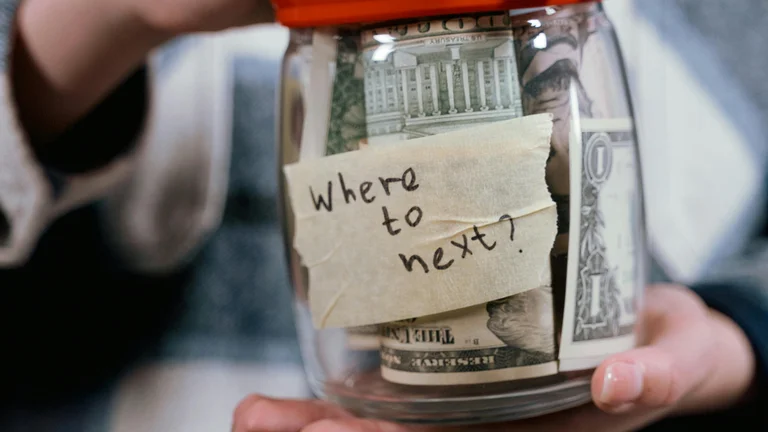Understanding the Importance of an Emergency Fund

An emergency fund acts as a financial buffer, safeguarding against unexpected expenses like medical bills or car repairs. By having a reserve of cash, individuals can handle unforeseen circumstances without relying on credit. This fund offers peace of mind and financial stability. Most experts suggest saving three to six months' worth of living expenses. Having this amount can make daunting situations more manageable.
How to Start Building Your Emergency Fund
Beginning an emergency fund might seem intimidating, but it doesn't have to be. Start by establishing a clear goal. Determine how much money you want to save. A common rule is to aim for at least $1,000 as a starter fund. This amount can cover most minor emergencies. Once you have this figure in mind, set up a separate savings account. This helps to keep your emergency fund separate from everyday spending.
Next, review your budget to identify areas where you can cut back. Even small adjustments can lead to significant savings. For instance, dining out less frequently or cancelling unused subscriptions can provide some funds. Decide on a consistent monthly contribution to your emergency fund. This could be a specific percentage of your paycheck or a fixed amount each month.
Strategies to Boost Your Savings
Finding ways to increase savings can help reach your emergency fund goal faster. Consider participating in employer-sponsored savings programs or matching contributions if available. Automating savings transfers can also ensure consistency without thinking about it. Set up automatic withdrawals from your checking account to your emergency fund savings account right after payday.
Another effective strategy is to use windfalls or bonuses. Tax refunds, work bonuses, or monetary gifts can be deposited directly into your emergency fund. Each little bit counts. Even small amounts can build up over time, inching you closer to your goal.
What to Do When You Need to Use Your Fund
Even with solid preparation, emergencies happen. If you find yourself in need of your emergency fund, it’s important to access those funds carefully. Before tapping into your savings, assess whether it is a true emergency. Remember that this fund should be used for significant and unexpected expenses, not for everyday bills or wants.
After using your emergency fund, it's crucial to replenish it. Set a goal to rebuild your savings as quickly as possible. This helps ensure that you're prepared for future incidents. Review your budget again to see if adjustments are necessary to facilitate quicker savings.
Maintaining Your Emergency Fund
An emergency fund isn't a one-time effort; it requires ongoing maintenance. Regularly revisit and adjust your savings goals as your financial situation changes. As your expenses rise or fall, it may be necessary to change the target amount for your fund. If you acquire new responsibilities, such as a family or a new job, factor that into your emergency fund calculations.
Additionally, keep track of interest rates for the account holding your emergency fund. If better rates become available at different banks, consider switching. Your money should work efficiently for you, contributing to your financial well-being while it sits in savings.
| Aspect | Details |
|---|---|
| Purpose | To provide a financial buffer against unexpected expenses. |
| Recommended Savings | Three to six months of living expenses. |
| Starting Goal | At least $1,000 for basic emergencies. |
| Saving Methods | Automatic transfers, using windfalls, cutting non-essential spending. |
| Maintenance | Regularly review and adjust the fund as needed. |
FAQ - Building an Emergency Fund
What is an emergency fund?
An emergency fund is a financial safety net set aside to cover unexpected expenses or financial emergencies, such as medical bills or car repairs.
How much should I have in my emergency fund?
It is recommended to have three to six months' worth of living expenses saved in your emergency fund.
Where should I keep my emergency fund?
It's wise to keep your emergency fund in a separate, high-yield savings account to earn some interest while keeping it easily accessible.
Can I use my emergency fund for non-emergency expenses?
An emergency fund should only be used for unexpected expenses. Regular bills or planned expenses shouldn't be covered by this fund.
How do I replenish my emergency fund after using it?
Review your budget to find areas to cut back on spending, and redirect those savings to rebuild your emergency fund as quickly as possible.
An emergency fund is critical for financial resilience, typically comprising three to six months' worth of living expenses. To build it, set a clear savings goal, automate contributions, and utilize windfalls. Maintain and adjust the fund as life circumstances change, ensuring preparedness for unexpected financial situations.
Conclusão sobre Building an Emergency Fund.